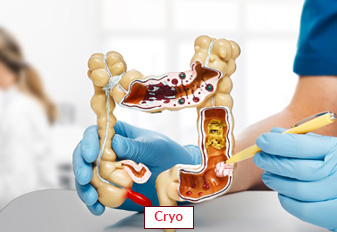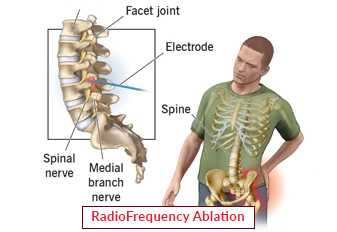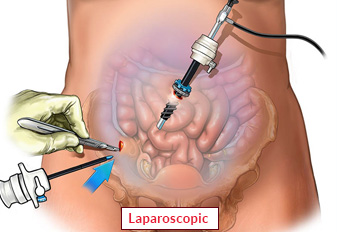Reconstructive surgery

The objective of reconstruction surgery is to repair or enhance the form, function, and appearance of body structures that have been affected by trauma, disease, developmental anomalies, malformations that are congenital, or surgery. It encompasses a diverse range of processes, including reconstruction of the breast following mastectomy, reconstructing the face after trauma or cancer surgery, surgery on the hands for restoring function after injury, burn rebuilding, grafting of skin, microsurgery for tissue transplant, and limb reconstruction. Reconstructive surgeons work collaboratively with medical professionals to design specific treatment programs suited to each patient's unique requirements. Restorative surgery's primary goal is to improve the patients' standard of life by recovering lost function, enhancing appearance, and fostering overall health.
Book an Appointment
About Reconstructive surgery
Issues Addressed: Congenital defects (like cleft lip and palate), traumatic injuries (like hand or facial fractures), cancer-related defects (like breast reconstruction following mastectomy), and functional impairments (like hand or limb deformities) are just a few of the issues that reconstructive surgery aims to address.
Underlying Causes: A variety of factors, including genetics, trauma, injury, birth defects, surgical procedures (like cancer removal), or illnesses (like burn injuries or skin cancer) that cause tissue loss, deformities, or functional deficits, can result in the need for reconstructive surgery.
Treatment Strategies: The primary objective of reconstructive procedures is to recover both form and function using a variety of techniques, including microsurgery, placing implants, tissue transplantation, flap rebuilding, and prosthetic devices. Depending on the type and severity of the impairment or injury being treated, a different strategy may be used to improve quality of life as well as physical appearance.
Procedure of Reconstructive surgery
Patient Assessment and Planning: A reconstructive surgeon performs a thorough assessment of the patient to determine the precise defect, functional impediment, or cosmetic concern. Based on the patient's goals, imaging studies, physical examination, and medical history, a customized treatment plan is created.
Anesthetic Administration: To guarantee the patient's comfort and safety, anesthetic is given before the start of the procedure. The intricacy of the surgery and the patient's health will determine the kind of anesthesia utilized.
Incision and Access: To reach the damaged area, the surgeon precisely cuts in pre-planned places. The precisely made incisions aim to reduce scarring and enhance the surgical results.
Tissue Preparation and Manipulation: Depending on the nature of the reconstruction, various techniques may be employed to manipulate tissues, such as tissue rearrangement, tissue expansion, tissue transfer (flaps), or the use of implants or prosthetics. These techniques are aimed at restoring form, function, and aesthetics.
Closure and Wound Management: After the reconstruction process is finished, the incisions are securely closed with adhesive strips, staples, or sutures. The treatment of wounds receives extra attention in order to limit the risk for infection and encourage optimal healing.
Postoperative Monitoring: To ensure stability and identify any challenges, the patient is constantly watched in the first couple of days following surgery. As needed, discomfort relief and different kinds of assistance are given.
Recovery and Rehabilitation: Following surgery, the patient goes through a period of recuperation and therapy. Physical therapy, occupational therapy, and other interventions may be used in this situation to maximize functional results and ease the transition to the rebuilt area.
Require Assistance?
Get A Quick Callback From Our Healthcare Experts






